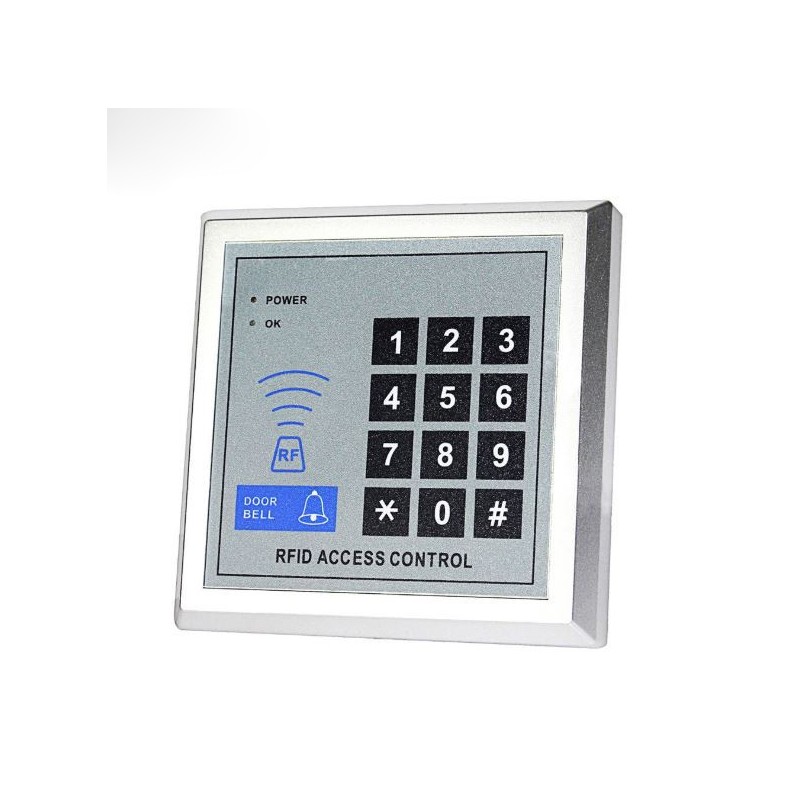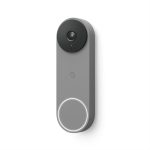Introduction to Card Access Systems
Card access control systems have become a vital part of securing a business. These systems use cards as electronic keys. The keys allow only authorized individuals to enter specific areas. Each card links to an individual person. This way, the system can track who enters and when.
Card systems are flexible and can adapt to different security levels. For example, not all staff have access to every area. Only certain cards grant entry to high-security zones. This ensures the right people access only where they need to be.
The systems work with a network of readers placed at entry points. These readers verify the credentials on the card. If the credentials match the system’s records, access gets granted. If not, the door remains locked.
Card access control brings many benefits, such as:
- Increased Security: Limits entry to unauthorized persons.
- User Convenience: Faster and easier than traditional keys.
- Improved Accountability: Monitors and records access activity.
- Cost-Effectiveness: Saves money on key replacement and lock changes.
- Scalability: Adds or removes access as needed with ease.
The technology behind card systems keeps evolving. It is now combining with biometric data and mobile access for more security. This makes card access systems an effective solution for modern-day security challenges. For any business looking to enhance its security measures, considering a card access control system is a wise decision.
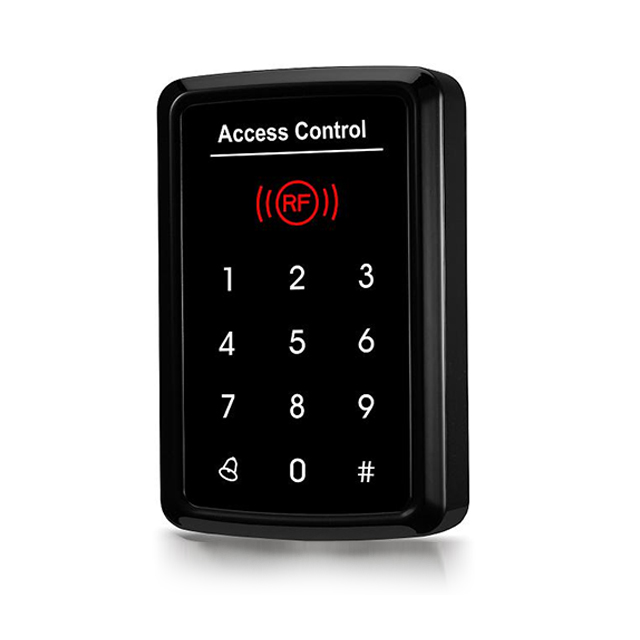
The Importance of Robust Access Control
In today’s world, strong access control is not just useful; it’s crucial. It secures physical and digital assets effectively. As businesses expand, this becomes more important. Criminal activities like theft and vandalism are deterred significantly thanks to robust access control systems.
These systems ensure safe, controlled entry and exit points. They control who can visit which areas of a business site. Access control can even track movement history of individuals. This is ideal for investigations or performance assessments.
Not only does it boost security, but it also fosters a sense of safety among employees. People work better when they feel secure. Moreover, access control limits the chance of confidential information leaks. This protection is indispensable in certain sectors such as finance and healthcare.
Another vital aspect is compliance with legal standards. Many industries have strict regulations about data access. A stringent access control system helps meet these requirements efficiently. It filters and flags unauthorized attempts to breach the secured areas. Thus, deploying a well-designed card access control system is a fundamental preference for any business today.
Types of Card Access Systems
Card access systems vary widely, each suited for different needs and budgets. Here’s a breakdown of the most common types:
- Magnetic Stripe Cards: These use a magnetic stripe which encodes data. Readers interpret this data to allow or deny access. This technology is cost-effective but prone to wear and skimming.
- Proximity Cards: These cards use RFID technology. They do not need direct contact with the reader. This type avoids physical wear and tear but is susceptible to cloning.
- Smart Cards: These incorporate a chip that carries more secure, encrypted data. Besides access control, they can integrate other functions such as biometric data storage.
- Biometric Systems: They use unique physical characteristics, like fingerprints or iris patterns. These systems offer the highest security level, making them ideal for high-stakes areas.
- Mobile Access Systems: These allow access through a smartphone app. They are convenient and reduce the need for physical cards but require robust cybersecurity measures.
Each system offers distinct features tailored to specific security needs and convenience levels.
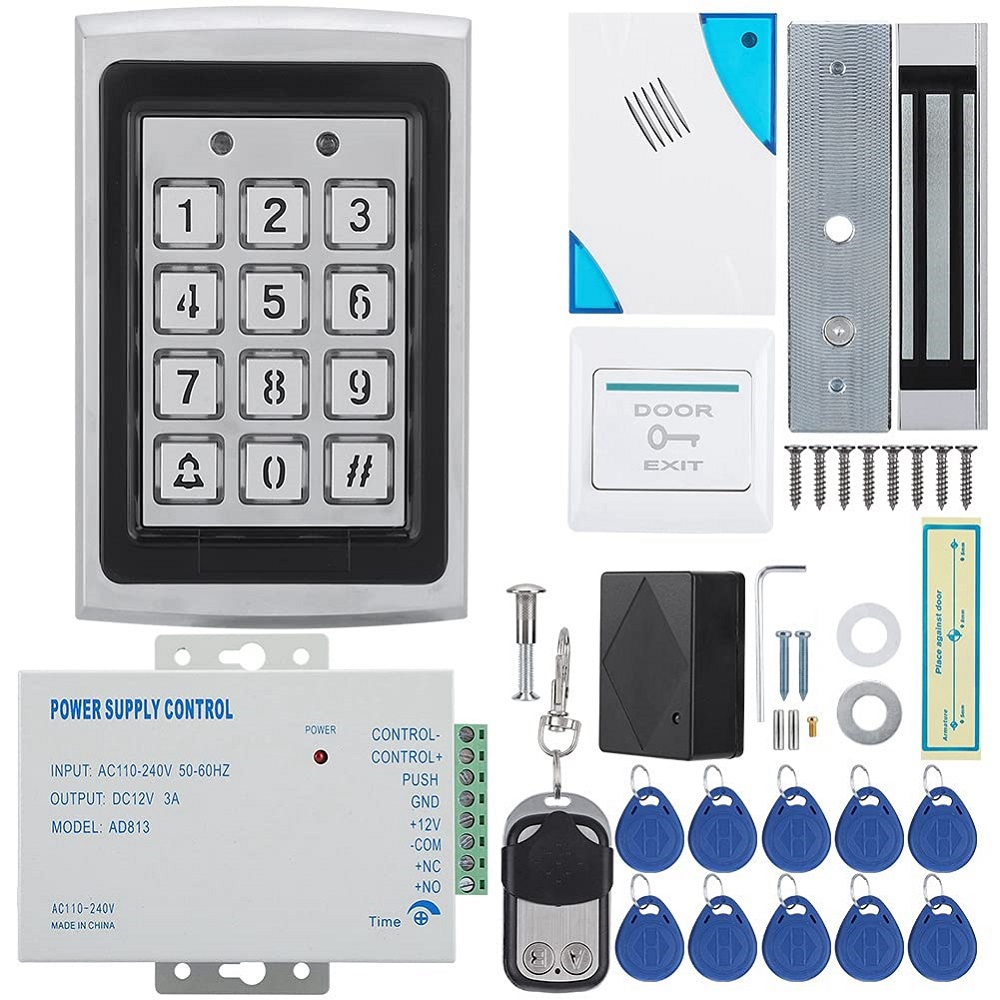
Evaluating the Cost-Benefit of Card Access Control
Evaluating the cost-benefit of card access control systems is crucial. It involves assessing the upfront costs versus the long-term returns. Primary consideration factors include installation expenses, maintenance fees, and operational benefits.
Initial Investment
The initial cost includes the purchase price of the card access control system. Prices vary depending on the system’s complexity. Systems range from simple magnetic stripe setups to advanced biometric solutions. Installation charges also contribute to the initial investment. These charges depend on infrastructure readiness and the system’s complexity.
Recurring Costs
Ongoing expenses are also vital to consider. These include maintenance fees and subscription services for system updates. Card replacements and reader repairs are common recurring costs. Ensuring system reliability often involves regular checks and fixes.
Benefits and Savings
The benefits of card access control systems can offset initial and recurring costs. Enhanced security reduces potential losses from theft or unauthorized access. This protection saves money over time. The systems’ operational efficiency also cuts down on manual security tasks, saving labor costs.
Cost Justification
Businesses need to justify the costs with potential savings. Improved security and operational efficiencies contribute to indirect savings. These may take time to materialize but are significant.
In summary, the evaluation of costs and benefits for card access control systems revolves around analyzing expenses against security improvements and operational savings.
Implementing a Card Access Control System
Implementing a card access control system involves several key steps. The process must be planned and executed with precision to ensure the system’s effectiveness and security. Here’s a guide to help businesses deploy these systems efficiently:
- Assessment of Needs: Determine the level of security necessary for your business. Assess the areas that require controlled access.
- Choosing the Right System: Select a system that fits your security needs and budget. Consider factors like ease of use, integration capabilities, and future scalability.
- Professional Installation: Hire qualified technicians for the installation. Proper setup is crucial for the system’s reliability.
- Setting Access Levels: Define who has access to specific areas. Assign different levels of access to different categories of users.
- Training Staff: Educate your employees on how to use the system. Ensure everyone understands the importance of security protocols.
- Regular Testing: Conduct periodic tests to confirm the system’s functionality. Address any issues immediately to maintain security integrity.
- Updating System Software: Keep the system’s software updated. Software updates often include important security enhancements.
- Creating an Emergency Plan: Have a backup plan for system failures. Ensure alternative access methods are secure yet efficient.
By carefully carrying out these steps, businesses can implement card access control systems that protect their premises effectively. Such systems streamline security procedures and provide peace of mind, knowing that access is monitored and managed skillfully.
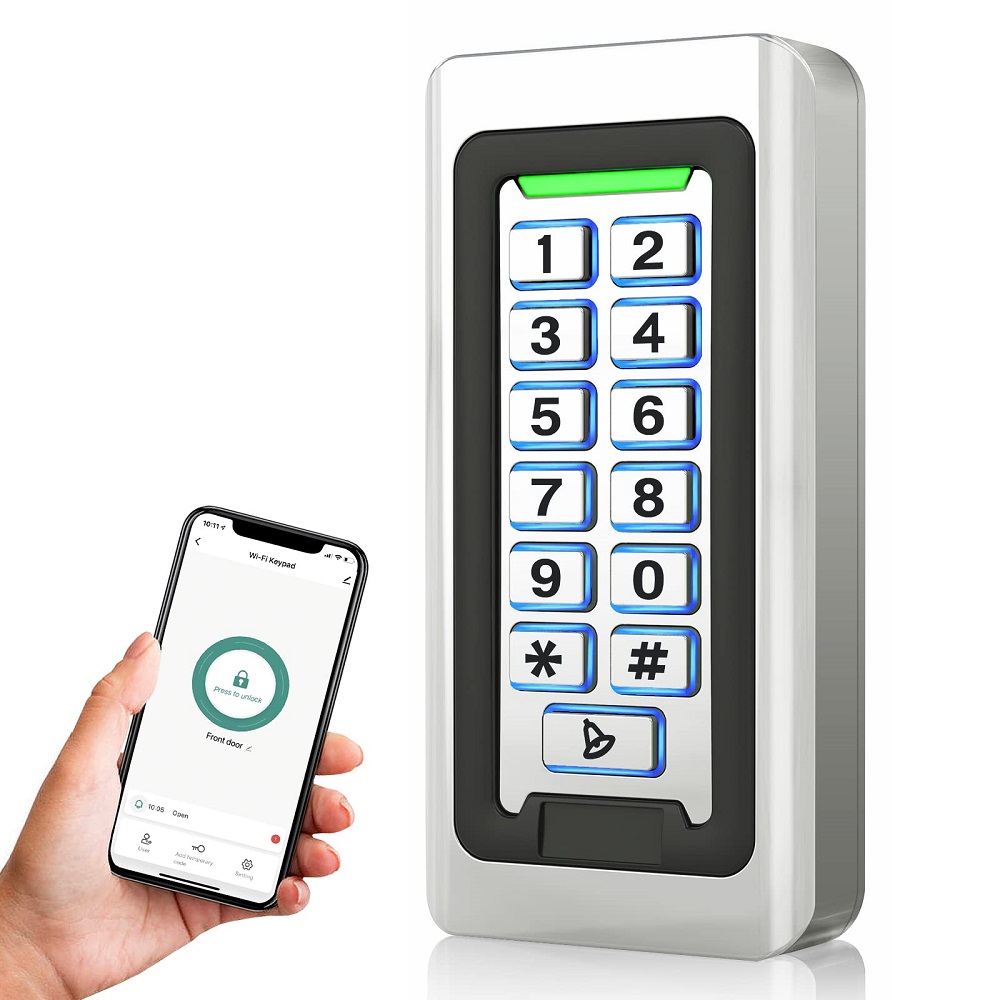
Maintenance and Management of Card Access Systems
Maintaining and managing card access control systems are crucial for their longevity and reliability. Here are important considerations when it comes to their upkeep:
- Regular Maintenance Checks: Schedule routine inspections to ensure all components are functioning properly.
- Software Updates: Regularly update system software to secure the latest security features and patches.
- Physical Cleaning: Keep card readers and system equipment clean to avoid malfunctions.
- Access Levels Review: Periodically review and adjust access level permissions to reflect personnel changes.
- Backup Systems: Implement backup systems to maintain security in case of system failure.
- Technical Support: Ensure access to 24/7 technical support to address issues as they arise.
- Training for Staff: Provide ongoing training for staff on system use and updates.
- Replacement Plans: Have a plan for replacing cards, readers, and other elements as needed.
Effective maintenance and management not only extend the lifespan of card access control systems but also fortify a business’s security structure. They ensure that access is consistently controlled and monitored, helping to prevent security breaches. By investing in proper management, businesses can enjoy uninterrupted security and smooth operations.
Advanced Features and Technologies in Card Access Control
As technology evolves, so do card access control systems. These systems now include several advanced features. These innovations not only enhance security but also improve user convenience. Let’s explore some of the cutting-edge features and technologies in these systems.
- Biometric Integration: Many card access systems now incorporate biometric verification. This can include fingerprint and iris scanning. Biometric data adds an extra security layer, ensuring that access is granted only to the right individuals.
- Mobile Access: With the rise of smartphones, mobile access has become a popular feature. Users can use their phones as access cards. This method is convenient and reduces the need for physical cards.
- Real-Time Alerts: Advanced systems can send real-time alerts to administrators. These alerts notify about access attempts and security breaches. They are crucial for immediate response to potential threats.
- Data Analytics: Modern systems come with data analytics capabilities. These allow for the tracking and analyzing of entry data. Businesses can use this data to make informed decisions about security and operations.
- Integration with Other Systems: Integration with video surveillance and alarm systems is now possible. This integration provides a comprehensive security solution. It allows for synchronized monitoring and control.
These advanced features make card access systems more robust and adaptable. Investing in systems with these capabilities ensures a high-security level. It also offers operational flexibility for businesses of all sizes.
Selecting the Right Card Access System for Your Business
Selecting the right card access control system for your business is a critical decision. It affects not only the security of your premises but also the efficiency and daily operations of your organization. Here are key steps to guide you in making the best choice:
- Assess Your Security Needs: Understand your business’s specific security requirements. Consider the size of your premises, the number of entry points, and the level of security needed for each area.
- Consider the Type of Cards: Decide which card technology suits your needs. Choices include magnetic stripe, proximity, smart cards, or mobile access solutions. Each type has its benefits and limitations.
- Determine Your Budget: Outline your financial resources available for the system. Remember to factor in not just the initial costs but also the long-term maintenance and operational expenses.
- Future-proof Your Investment: Look for systems that offer scalability and flexibility. As your business grows, so will your access control needs. Choose a system that can expand and adapt with minimal fuss.
- Integration with Other Systems: If you already have security systems like CCTV or alarms, consider how a new card access system will work with these. Seamless integration can enhance overall security and operational efficiency.
- Technical Support and Warranties: Verify the level of technical support offered. Ensure there are solid warranties and maintenance plans in place. These can greatly impact the long-term reliability of your system.
- User Training: Ensure the system you select comes with user training support. Your staff must be comfortable and proficient in using the system to maintain security protocols.
By carefully weighing these considerations, you’ll be able to choose a card access control system that not only meets your security needs but also aligns with your business operations and budget.
